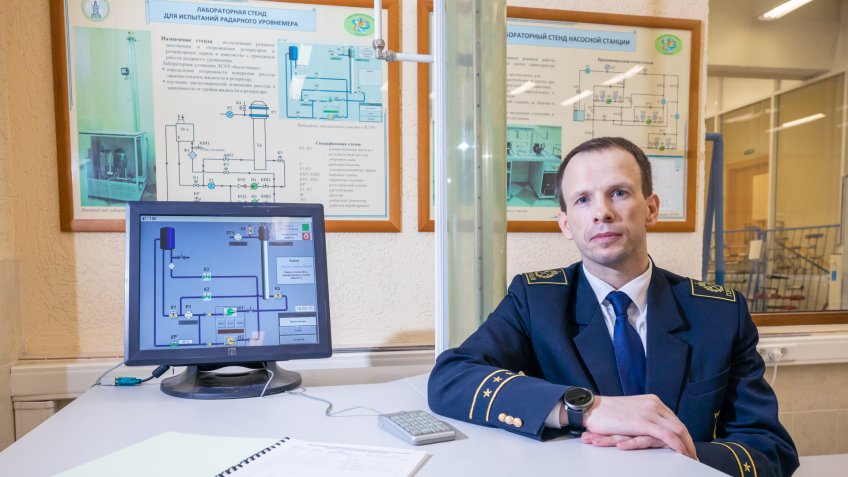Hydrocarbon losses along the entire supply chain - from a well to a thermal power plant or petrol station - can reach up to 30%. Most of them do not occur because of leaks, which are rather extraordinary events, but because of mismanagement and unwillingness to implement innovations that would improve energy efficiency.
Analysts from Russian pipeline transport company Transneft did some calculations. According to them, annual losses of petroleum products from evaporation while stored in above-ground metal tanks amount to 0.3% of the total product volume. Moreover, this figure is valid only if the tanks are filled by more than 90%. Otherwise, more damage happens, with the losses through evaporation potentially reaching 10%. This situation results in lost revenues for a subsoil user and each of the intermediate agents. Finally, it also causes air pollution by emitting CO2 and other harmful substances, notably heavy metals.
Vadim Fetisov, assistant professor at the Department of Transport and Storage of Oil and Gas in Saint Petersburg Mining University:
"All units for storing and transporting hydrocarbons - be it gas holders, tankers, reservoirs, rail-tank wagons, or any other means - are equipped with vent valves. They are needed to maintain the required pressure inside the storage vessel and remove excessive gas-air mixtures, the overaccumulation of which can lead to an explosion. Unfortunately, light hydrocarbons, which are the valuable raw material for the oil-refining industry, evaporate through the valves. Their emissions reduce the quality of petroleum products and negatively impact the environment."
One of the most effective ways to overcome the issue is to install a vapour recovery system, which traps petroleum products vapours and sends them back in. The problem here is that such equipment does not enjoy great demand in Russia, with its high price being the primary reason. Market players find it easier to occasionally pay fines than invest in technology. Even domestic models, highly unpopular and therefore existing as one-offs only, cost between 60 to 150 mln roubles. Foreign counterparts manufactured by Jordan Technology or Carbovac (ALMA Group) cost even more.
"We have developed a vapour recovery unit, capable of trapping light hydrocarbons, and soon will launch it into the market. The unit's price will be only 20 mln roubles: cost reduction will be ensured by simplifying the design and introducing several innovative solutions. We have already been approached by a few Russian and foreign companies, particularly from South Africa and Norway. After all, the pay-off period is only a year and a half. And then the purchaser will start making profits as a result of minimizing losses of petroleum products."
This new technology is quite simple. Usually, oil vapours via the vent valves enter the atmosphere. In this case, they are let into the discharge pipeline system, pass through the drip pocket, and once become liquid, again sent back into the pipeline. Thereby a looped system emerges, which practically eliminates financial losses and prevents environmental damage.
Such innovations are in particular demand in southern countries, as their climate is characterized by high temperatures. Because of it, the emissions of petroleum vapours exceed those seen in the north by about 1.5 times. However, the pioneer solution would be by no means less useful in the Arctic. The Russian Arctic is advancing by leaps and bounds currently, with no signs of slowing down in the future. Consequently, the task of preserving the Arctic ecosystem becomes even more critical.
Last year, Vadim Fetisov conducted in-depth studies, supported by a grant from Mining University. He and Amir H. Mohammadi, his colleague from the University of KwaZulu-Natal, South Africa, investigated the recovery of oil and petroleum products vapours to reduce CO2 emissions. Following the completion of their work, an article "Evaluation of Pollutant Emissions into the Atmosphere during the Loading of Hydrocarbons in Marine Oil Tankers in the Arctic Region" was published in the Journal of Marine Science and Engineering, part of MDPI.
